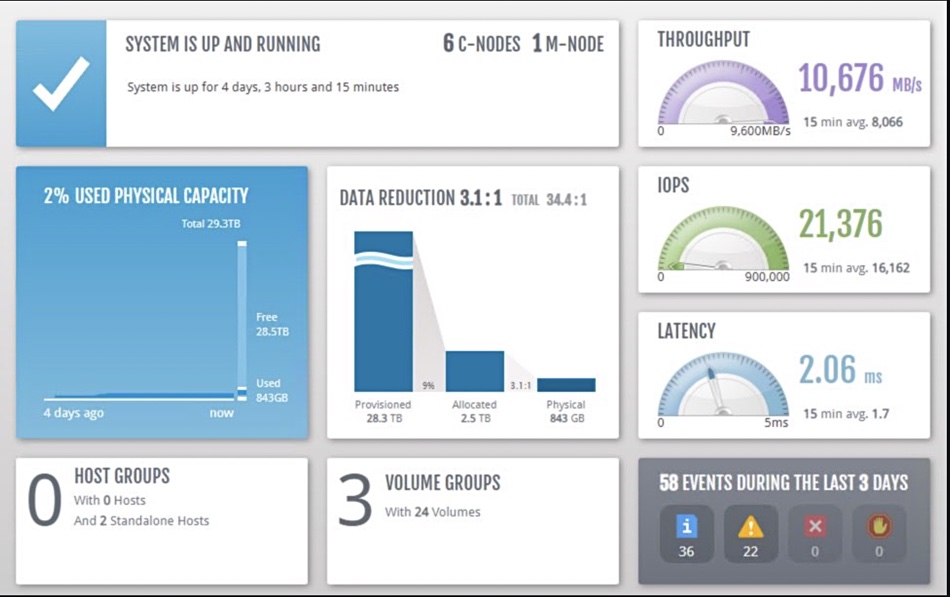
New Azure compute instances have doubled Oracle database speeds when using Silk storage, B&F has been told.
Silk’s software provides storage to apps running Azure virtual machines by using Azure’s Ephemeral OS disks. These are created on the local Azure VM storage but are not saved to Azure Storage. Silk spins up a Data Pod, a set of Azure Compute instances, and aggregates their performance with its own Flex software providing orchestration, resilience and enterprise features including RAID. As a result customers, through Silk, are effectively using Azure Compute to provide storage, and get to take advantage of Microsoft’s discounts for reserved compute instances.
In November Azure previewed new Ebs v5 Azure Virtual Machine and Ebds v5 Azure Virtual Machines, which use third-generation Intel Xeon Platinum 8370C (Ice Lake) processors in a hyper-threaded configuration. These new VM compute instances are memory-optimized and have 300 per cent higher VM-to-Disk Storage throughput and IOPS than the existing best Azure VM instances.
They offer up to 120,000 IOPS and 4,000 MB/sec of remote disk storage throughput. Microsoft said they are “ideal for the most demanding data-intensive workloads, including large relational databases such as SQL Server, high-performance OLTP scenarios, and high-end data analytics applications.”
A person close to Silk and Azure told us that with the “new EBS V5 Azure VMs … our throughput performance doubled from 5GB/sec to 10GB/sec without a single line of our code changing.”
We were shown a screenshot of an Oracle database running sequential, analytic-like workloads. “Crucially, it is running on a single VM, yet driving over 10GB/sec of bandwidth. This is an insane amount of data for a single-instance Oracle database to power.”

Oracle in Azure is licensed by CPU core so the fewer of them you use, the better it is financially. We were told: “For Oracle customers, this massive amount of data means their CPUs can be served faster, which drives higher CPU utilization, which means more efficient use of their hugely expensive Oracle processor core licenses.”
The source claimed customers are in some cases moving from high-end Oracle deployments like RAC or Exadata to Silk to achieve the performance they need.
Put this together with Azure’s multi-year discounts on Azure compute instances and the price/performance becomes even more attractive, they said.
“Even at list, the Azure pricing calculator gives 60-70 percent discounts when committing for three years, which would be typical for a customer deploying a database such as Oracle.” They said: “When we talk about cost, this is more important than any monthly cloud infrastructure costs.”
As far as we know, no other software-defined storage supplier is using Azure Ephemeral OS disks in this way. It makes Silk unique and appears to give it a significant price and performance advantage over other supplier’s block storage in Azure. Silk supports the Google Cloud Platform as well. We know AWS has instance store (ephemeral) volumes and Silk works its ephemeral compute instance volume magic on that as well. It’s got the main public clouds covered.
We have asked Oracle to comment and the reply was: “This is not something we can comment on.”







